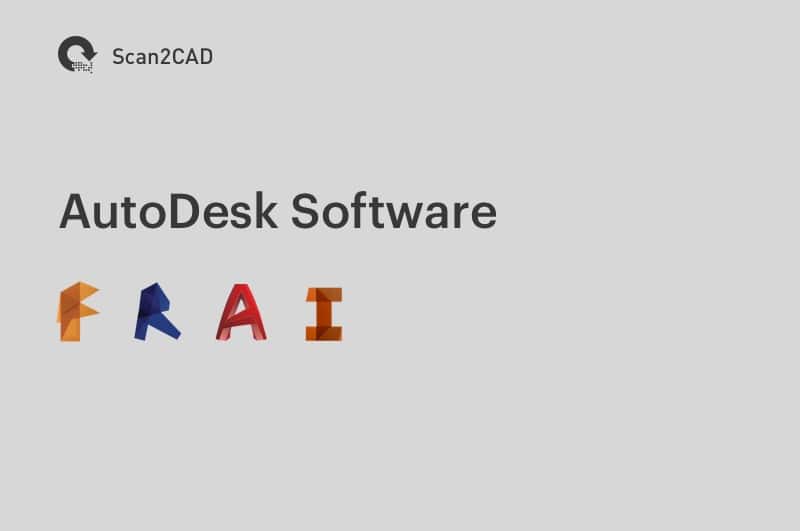Another month is upon us yet again, but before we face the challenges of this new month, we are going to look back at some of the most important happenings of the past weeks in the worlds of CAD, engineering, and design.
Some of the stories we thought you should not miss include the STEM challenge initiated by several engineering groups designed for pupils who are currently staying at home due to COVID-19 lockdowns; how BLOX is building hospitals in an Alabama facility to be sent to sites all over the United States; and how AI is being used along with radiology technologies in China in the continued fight versus COVID-19.
Additional stories we covered include Dassault Systemes’ efforts to produce a virtual of the human body; and how Autodesk has been recognized as one of the world’s most innovative companies in 2020.
This edition of Coffee Break News is packed with information, so let’s get right to it!
Great Exhibition at Home Challenge launched for UK students
With so many students worldwide currently unable to attend their classes due to lockdown and stay-at-home orders in place, educators and other concerned groups are coming up with innovative ways to keep students learning at home. The Royal Academy of Engineering and Big Ideas have collaborated on the “Great Exhibition at Home” challenge designed to encourage students to continue their STEM learning activities.
Taking inspiration from the Great Exhibition of 1851, the Great Exhibition at Home Challenge encourages learners to come up with various ideas for how engineers can use their skills and knowledge in protecting the planet.
Dr. Virginia Crompton, CEO of Big Ideas, said, “Our every day lives may have changed beyond recognition, but that’s all the more reason to offer engaging and meaningful content for young people, especially as schools are closing.”
This challenge has been formatted to be done in both the classroom and the home, for primary and secondary learners, and can be done alone or with a group. Students in the UK who will be participating in this challenge will join a seven-week project which will culminate in a video.
Dr Hayaatun Sillem CBE, CEO of the Royal Academy of Engineering, explained, “Young people are natural engineers – creative, problem solving, adaptable. This is an amazing opportunity for them to think about how they might use engineering to help protect the planet and showcase their ideas, in the style of the famous Great Exhibition of 1851.”
BLOX using BIM, digitization to build hospitals and structures
Construction firm BLOX is using a manufacturing-forward approach to design and build structures with the efficiency and productivity level of a factory assembly line, utilizing BIM and digital workflow processes. Termed industrialized construction, this process brings together practices from different industries to enhance innovation and speed up the overall process.
BLOX is the brainchild of designer Chris Giattina, who drew inspiration from the practices in the automotive and aircraft manufacturing industries, including manufacturing their complex products using a series of prefabricated assembly lines.
From this concept, the team at BLOX came up with a modular method that Giattina called the Design Manufacture Construct (DMC). In this process, buildings are designed as a series of pre-assembled parts, then shipped and assembled at the building site itself, this cutting traditional construction times.
This DMC process is presently being applied for several hospital building projects across the United States. BLOX says using DMC, it can build up to 15 projects every year. “You can make a whole building in about three weeks and just keep them coming,” according to Giattina.
AI-assisted radiology technologies help in the fight against COVID-19 in China
Artificial intelligence has played a vital part alongside radiology technologies in the continued effort to stem the COVID-19 pandemic, particularly in mainland China. In particular, computed tomography medical imaging is being used to detect abnormalities in the patients’ lungs. Radiological features of COVID-19 were included as one of the determining clinical manifestations to confirm that a suspected patient of COVID-19 does have the virus. CT images were enhanced with artificial intelligence (AI) algorithms that quickly triage patients to radiomic COVID-19 image signatures.
Through the use of AI, radiological reviews and diagnoses of COVID-19 patients have become faster, while also increasing the workload for radiologists and physicians. Another advantage of AI is allowing the radiologist or technician to guide the patient through the examination process completely contact-free, thus protecting the medical practitioner while also saving the consumption of personal protection equipment (PPE) which otherwise must be worn.
Other stories we followed this month:
-
Dassault Systemes is pledging to come through with its plans of creating a virtual twin of the human body via its 3DExperience platform, in line with the company’s vision of helping to cure patients and expanding life spans.
-
Fast Company has included Autodesk in its annual list of the World’s Most Innovative Companies for 2020, along with other companies reflecting the resilience and optimism of various industries despite global volatility.


